Schifferstadt Architectural Museum
Posted By Jake Wynn on July 2, 2013
Driving on Route 15 through western Maryland, you are crossing through some of the most important territory of the Civil War. This region played host to important campaigns in 1862, 1863 and 1864, and has earned its reputation as the Heart of the Civil War.
Just off the Rosemont Avenue exit in the city of Frederick lies the Schifferstadt Architectural Museum. The land was originally settled by the Bruner family of Germany during the mid-1700s and the current structure was completed in 1758.
Frederick was a crossroads town during the colonial era, becoming a hub for settlers moving west towards the frontier. It was during this time period that masses of German, or Pennsylvania Dutch migrated into Frederick from the Lancaster region. This shared German ancestry should be noted when comparing the Frederick area to that of coverage area of the Civil War Blog. The city would go on to play a vital role during the French and Indian War, as well as during the American Revolution.
We pick up the story decades later. The Civil War has entered its second year, and things could not be going worse for the Union. After being routed and forced out of Virginia in late June following the disastrous Peninsular Campaign, the Army of the Potomac was again defeated in the area around Manassas Junction, Virginia, retreating back to Washington in much the same way they had the year before. September 1862 was to be a momentous month for both sides.
Lee’s Army of Northern Virginia took the opportunity and spilled north across the Potomac into Maryland. The chaotic state of the Union army prevented immediate mobilization. By September 6, Lee occupied Frederick and was making plans to move west towards Hagerstown and the Union garrison at Harper’s Ferry. His infamous decision, known as Special Orders 191, would nearly prove to be his undoing. The divided city of Frederick lived a few days under something that seemed very alien to the people of the city: enemy occupation. Many citizens of Frederick County were of German descent and against secession and the South. The Confederate army provided some uneasy times for those with Northern leanings.
Reinstated General George McClellan slowly trod after Lee. McClellan could only guess where Lee was headed, but continued to march his troops toward Frederick. Through impossible odds, Union troops found a copy of Lee’s Special Orders lying in a field where General Thomas “Stonewall” Jackson’s troops had made camp previously. Suddenly, McClellan had the entire enemy’s battle plan in his hands and with it the chance to “whip Bobby Lee.” With this, the seeds were planted for one of the largest battles of the American Civil War.
Schifferstadt was known as Willow Grove during the Civil War years and was owned by Lewis H. Steiner. He leased out the home to a tenant farmer by the name of Martin Yonson. Following a skirmish in the city of Frederick along the National Road, the Union army occupied the city. A dispatch from the farm during the days of the Union occupation said that:
“Upon it and about it Sumner’s corps – the main body of Burnside’s army – rested for the night..”
Sumner’s II Corps was made up of several Pennsylvania regiments, mostly hailing from the Philadelphia region and would go on to heroically fight at the Battle of Antietam a few days later. The 53rd PA, of which several men from the Lykens Valley area served, was present as well. This dispatch also tells that a young soldier “says he never saw so large a proportion of pretty young ladies..” and that “our troops were complimented for their clean appearance and good dress, notwithstanding the unavoidable dust that covered them..”
Several items of importance can be retrieved from these statements and facts. It is likely that the troops from the II Corps made camp in the area around Schifferstadt (Willow Grove.) Unlike its appearance today, the area around the dwelling was mostly rolling farmland. The current neighborhoods north and east of the building, as well as Hood College now sit on the property that belonged to the Schifferstadt estate.
Another is something that relates to the experience of the citizens of Frederick during this time period. The Confederate army had been on the move for months. The men of the Army of Northern Virginia were tired, hungry and dirty. On the appearance of the Confederate army, one Fredericktonian famously stated that they were “a lean and hungry set of wolves.” Another noted that they could be smelled before they were seen.
The Union army could not have been more different. They were well dressed in consistent blue uniforms, well supplied and were a much adored group in the eyes of the Union supporters who had just dealt with an invading army. This idea is echoed by Lt. Samuel K. Schwenk of Co. A, 50th Pennsylvania when he stated “To most of the citizens the appearance of our army seemed as a relief from bondage. In many instances they showed acts of kindness and bursts of enthusiasm.”
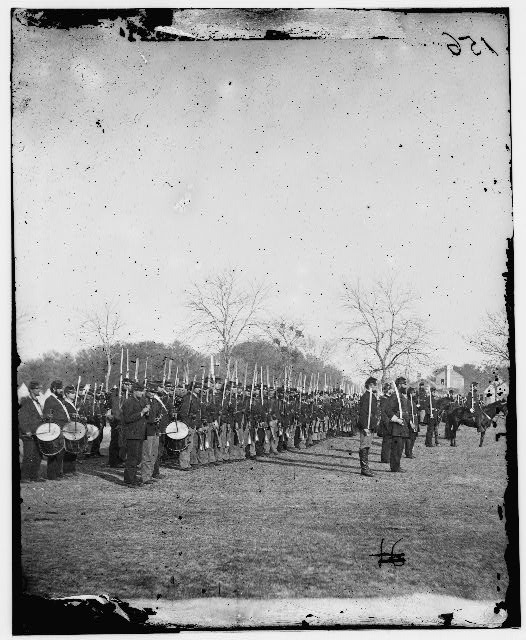
50th Pennsylvania
September 14, 1862 would go on to be the first major battle fought in Maryland. I will more thoroughly cover the 50th’s role in battle of South Mountain in a post tomorrow. Several more posts are going to cover this battle and local regiments and companies that shaped the outcome of battle.
Schifferstadt Architectural Museum is a valuable resource for a wide range of historical and cultural value. The current dwelling itself was completed in 1758, and has an addition completed in the mid-1800s. It is a well-preserved piece of Pennsylvania Dutch heritage, even though it lies below the Mason-Dixon Line. The connection of architecture and culture are directly relatable to the German heritage present within the Lykens Valley area.
From the Schifferstadt Architectural Museum’s website:
http://www.frederickcountylandmarksfoundation.org/fclf_schiffgen.html
Museum hours are:
Noon to 4 Saturdays Only.
April through October.
The museum is also open by appointment.
For more information about the museum please call 301-663-3885
In the off-season and for more information about Frederick County Landmarks Foundation, call 301-668-6088 or email fredcolandmarks@aol.com.
 ;
;

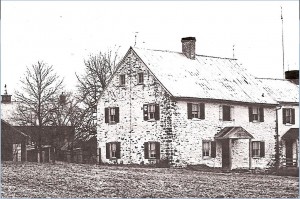
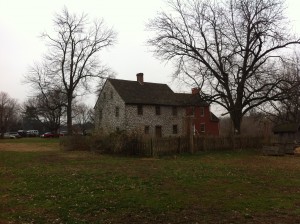

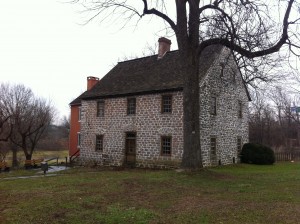
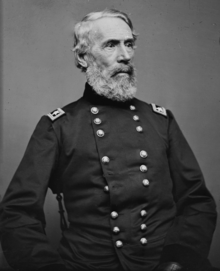
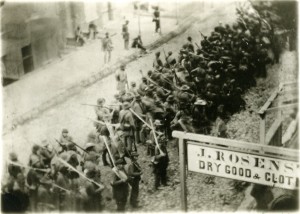
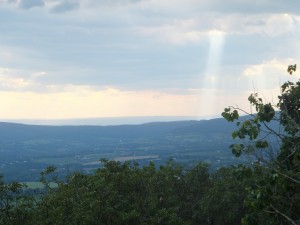



I am the granddaughter of Julia Bozarth and Edward Bruner. I am 85 years and would love to hear from you Did any of the Bruners serve in the revolution?
Iam the granddaughter of Edward Bruner I am 85 and would love to know more, I can trace back to the revolution, Did anyone serve in revolution for sure
Grandmother was Julia Neel Bozarth
[…] Schifferstadt Architectural Museum, Frederick, Maryland, circa 1758 […]
I have great interest in the ‘undated’ photograph of the house on your website.
Could the photograph have possibly been taken in the 1860’s?
I will need a response to my query by November.
Respectfully,
Peter Vetrano